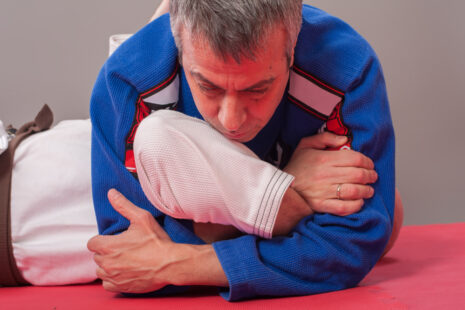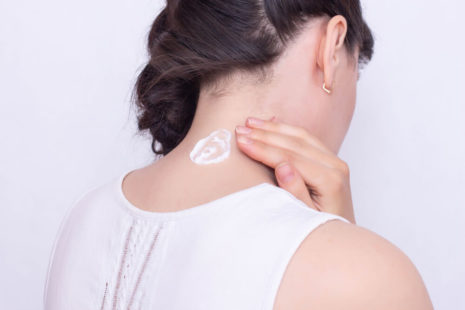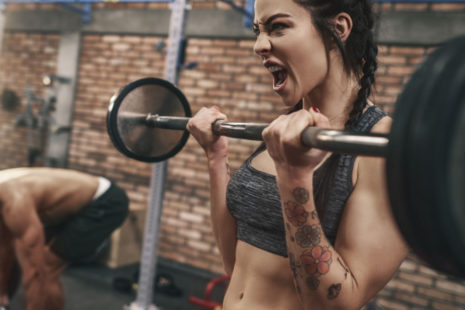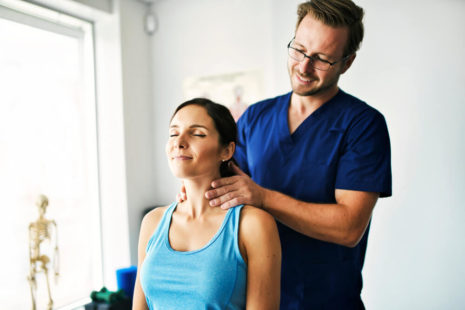Experiencing whole-body soreness after gymnastics is not uncommon and can be attributed to several factors related to the physical demands and intensity of the sport.
Here are some reasons why your whole body might hurt after gymnastics…
- Muscle Fatigue and Microtrauma – Gymnastics involves a wide range of dynamic movements, jumps, flips, and maneuvers that engage multiple muscle groups throughout the body. The high-intensity nature of gymnastics training and routines can lead to muscle fatigue and microscopic damage to muscle fibers, resulting in delayed-onset muscle soreness (DOMS).
- Impact and Landing Forces – Gymnastics routines often include high-impact landings, jumps, and dismounts, which can transmit force through the body and place stress on the muscles, joints, and connective tissues. The repetitive nature of these movements can contribute to overall body soreness, particularly in areas that bear the brunt of impact forces, such as the legs, hips, and lower back.
- Flexibility and Stretching – Gymnastics requires a high degree of flexibility and range of motion, particularly in the spine, shoulders, hips, and legs. Stretching and contorting the body into various positions during training and routines can lead to muscle soreness and stiffness, especially if the muscles are not adequately warmed up or conditioned.
- Core Engagement – Core strength and stability are essential for performing gymnastics maneuvers with proper technique and control. Engaging the core muscles to maintain balance, support the spine, and generate power during gymnastics routines can lead to soreness in the abdominal, lower back, and pelvic muscles.
- Overuse and Repetitive Stress – Gymnastics involves repetitive movements and high training volumes, which can lead to overuse injuries and cumulative stress on the muscles and joints. Exceeding the body’s capacity for recovery and adaptation can result in generalized soreness and fatigue throughout the body.
To alleviate whole-body soreness after gymnastics and promote recovery, consider incorporating the following strategies…
- Gentle stretching and foam rolling to alleviate muscle tightness and improve flexibility.
- Hydration and proper nutrition to support muscle repair and recovery.
- Adequate rest and sleep to allow the body to recuperate from training and repair damaged tissues.
- Active recovery activities such as swimming, cycling, or light jogging to promote blood flow and reduce muscle stiffness.
- Gradual progression of training intensity and volume to avoid overtraining and minimize the risk of injury.
- Listening to your body and giving yourself permission to rest or modify training as needed to prevent burnout and promote long-term health and performance.
If you experience persistent or severe pain after gymnastics, it’s essential to listen to your body and seek medical evaluation if necessary to rule out any underlying injuries or medical conditions.




